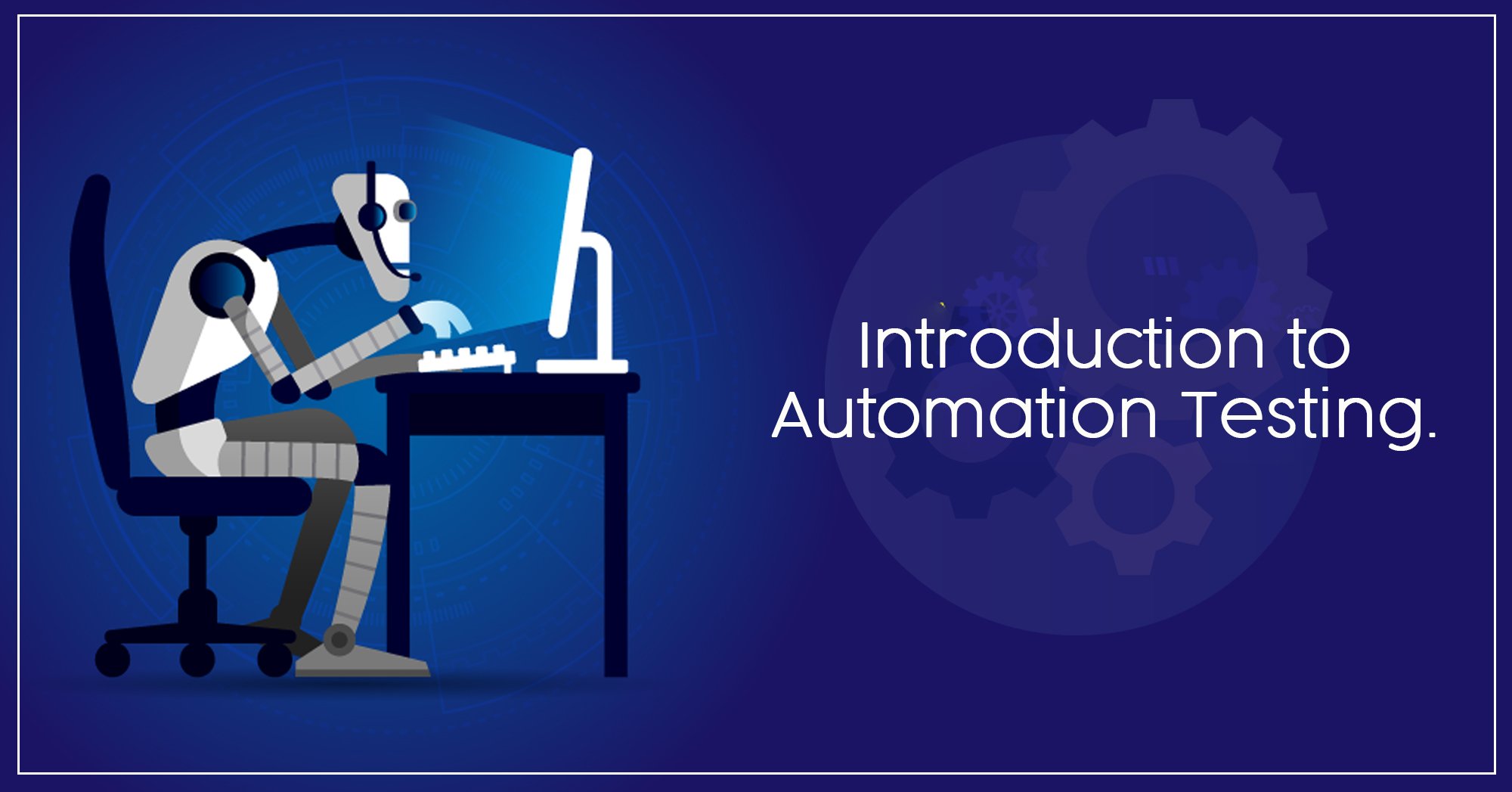Automation Testing Strategies: Best Practices for Seamless Integration
Automation Testing Strategies: Best Practices for Seamless Integration
Blog Article
From Guidebook to Automated Testing: A Comprehensive Guide to Transitioning Efficiently and Effectively
In the realm of software testing, the shift from manual to automated processes has actually come to be an increasingly essential transition for organizations seeking to enhance effectiveness and accuracy in their screening practices. As modern technology remains to breakthrough, the need for effective and smooth automatic testing methods has actually never ever been more important. The trip from handbook to automated screening is not without its challenges, yet when approached strategically and with a clear strategy in mind, the advantages can be significant - automation testing. In this comprehensive overview, we will certainly check out essential actions and considerations crucial for a successful change, from the preliminary selection of devices to the combination of automation into existing workflows. Stay tuned to discover the insights that will assist lead the way for a smoother and a lot more efficient testing procedure.
Benefits of Automated Testing
Automated testing provides countless advantages, enhancing efficiency and accuracy in software growth procedures. One primary advantage is the significant decrease in testing time. Automated tests can be run all at once on numerous gadgets and running systems, considerably quickening the testing stage contrasted to hand-operated testing. This increased effectiveness permits faster feedback on the top quality of the software program, enabling developers to identify and deal with concerns immediately.
Furthermore, automated testing makes sure a higher level of precision in identifying problems. Consistency in screening is likewise enhanced, as automated tests perform the same steps precisely each time they are run.
Choosing the Right Tools

First of all, assess your requirements and goals. Understand the range of your task, the innovations involved, and the skill collection of your team. This analysis will certainly help you determine the attributes and capabilities you need in your screening tools.
Secondly, take into consideration the compatibility of the devices with your existing procedures and systems. Smooth combination with your existing software growth lifecycle is vital to make certain a smooth shift to automation.
Additionally, review the scalability and adaptability of the tools. As your testing needs progress, the devices need to have the ability to adapt and accommodate adjustments successfully.
Finally, consider the support and area around the tools. Robust assistance and an active user area can provide important resources and assistance when executing automated testing. By meticulously considering these aspects, you can select the right tools that line up with your needs and set the phase for an effective change to automated testing.
Composing Effective Test Scripts

When crafting test scripts, it is important to take into consideration the details demands of the software being checked and guarantee that the scripts address all crucial performances. Descriptive and clear calling conventions for test manuscripts and test cases can boost readability and maintainability. Additionally, integrating error handling devices within the test manuscripts can assist in identifying and attending to issues quickly.
Furthermore, organizing examination manuscripts right into modular parts can boost reusability and scalability, minimizing redundancy and boosting efficiency in examination manuscript upkeep. Normal testimonials and updates to test manuscripts are critical to keep rate with progressing software program requirements and performances. By adhering to these concepts, testers can develop reliable and robust examination manuscripts that add significantly to the success of automated testing procedures.
Integrating Automation Into Workflows
By flawlessly incorporating automated testing tools like Selenium or Appium into get redirected here the software program advancement lifecycle, groups can accomplish faster feedback on code adjustments, leading to quicker bug discovery and resolution. This assimilation permits for constant screening throughout the development procedure, guaranteeing that any type of description problems are recognized early on, resulting in greater software quality. Correct integration of automation tools needs partnership in between development, screening, and procedures teams to establish a unified operations that enhances performance and efficiency in supplying premium software application products.
Making Sure a Smooth Transition
Effectively transitioning to automated screening involves careful preparation and cautious execution to make the most of and lessen disruptions performance in the software application growth process - automation testing. To guarantee a smooth shift, it is necessary to start by conducting a comprehensive evaluation of the current testing procedures and determining areas where automation can bring one of the most considerable benefits. Involving with all stakeholders early on at the same time, including developers, testers, and job managers, is vital for amassing assistance and buy-in for the automation initiative
Interaction is key during this transition stage. Clear interaction of the objectives, benefits, and expectations of automated screening helps to manage any type of resistance or concerns that might develop. Furthermore, offering ample training and resources for team participants to upskill in automation tools and methods is crucial for making certain an effective shift.

Final Thought
In conclusion, transitioning from handbook to automated testing provides countless benefits, including boosted effectiveness and dependability. By picking the ideal devices, composing effective test scripts, and incorporating automation perfectly into process, organizations can guarantee a successful and smooth transition. It is necessary to embrace automation as an important property in software program screening procedures to enhance total high quality and performance.
In the world of software screening, the shift from manual to automated processes has become a progressively essential change for companies looking for to improve efficiency Recommended Reading and accuracy in their testing practices. Automated tests can be run at the same time on numerous devices and operating systems, dramatically speeding up the testing phase compared to manual testing. Uniformity in testing is also enhanced, as automated examinations execute the same steps precisely each time they are run.To make certain the effective application of chosen screening tools, the production of efficient examination scripts plays a vital role in validating the performance and efficiency of automated processes - automation testing. By adhering to these principles, testers can develop robust and efficient test scripts that add significantly to the success of automated testing procedures
Report this page